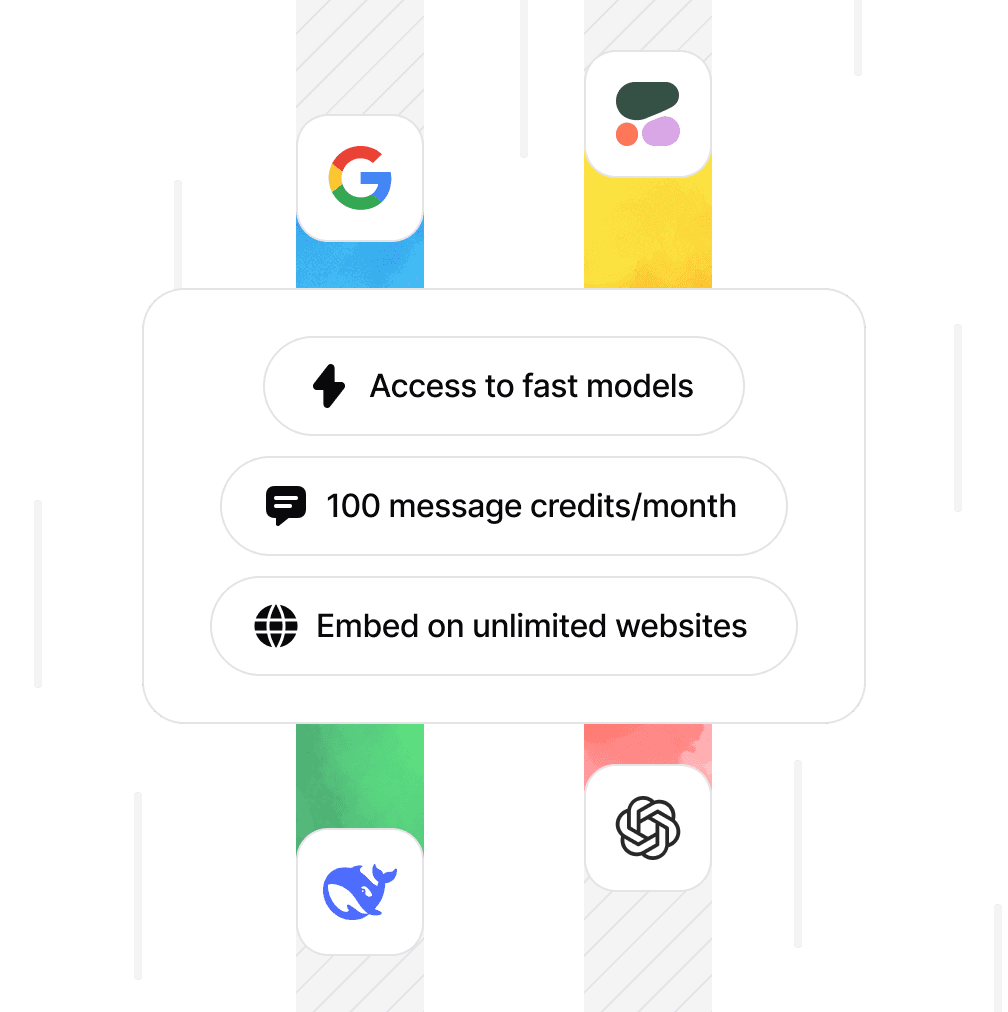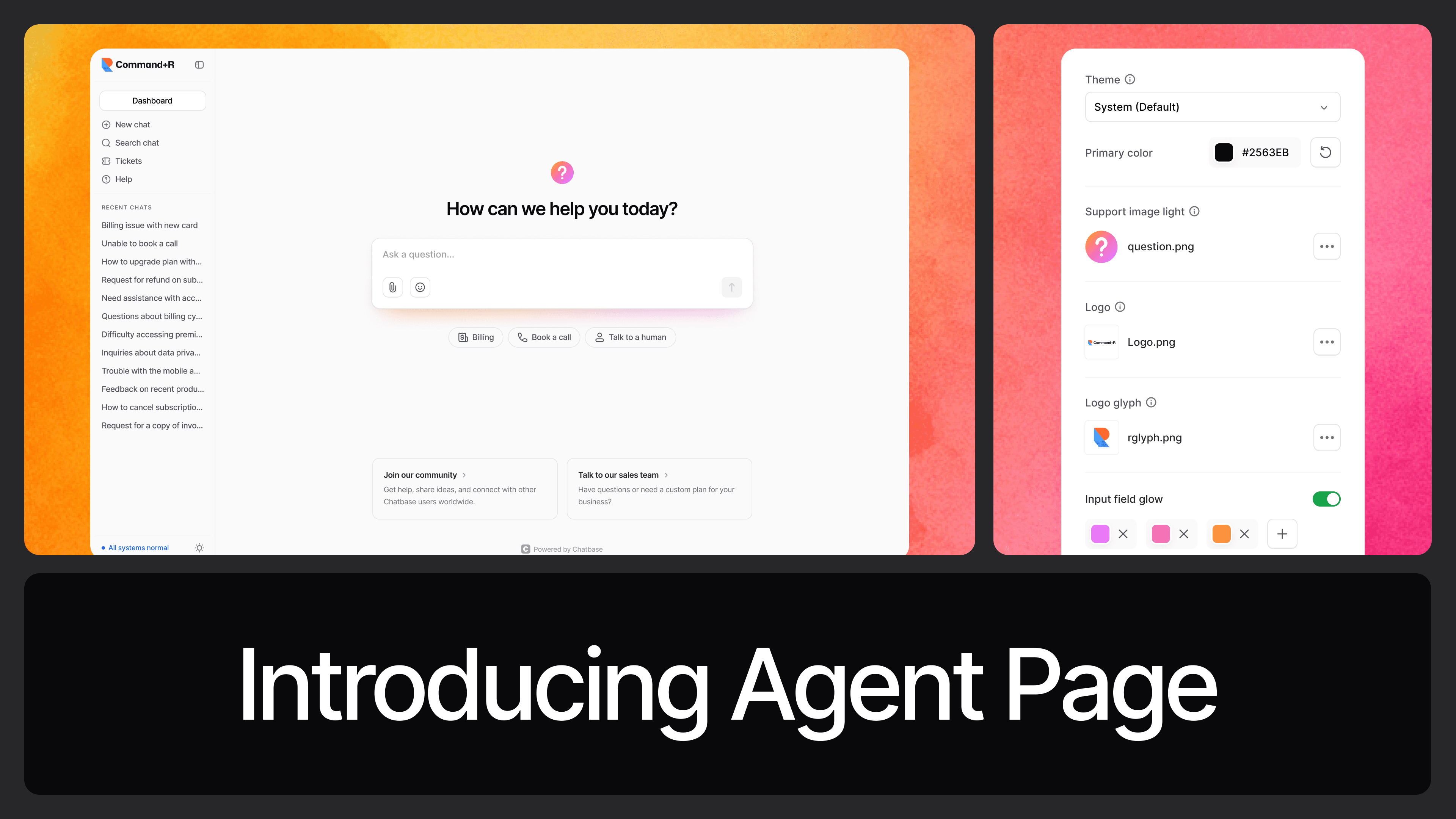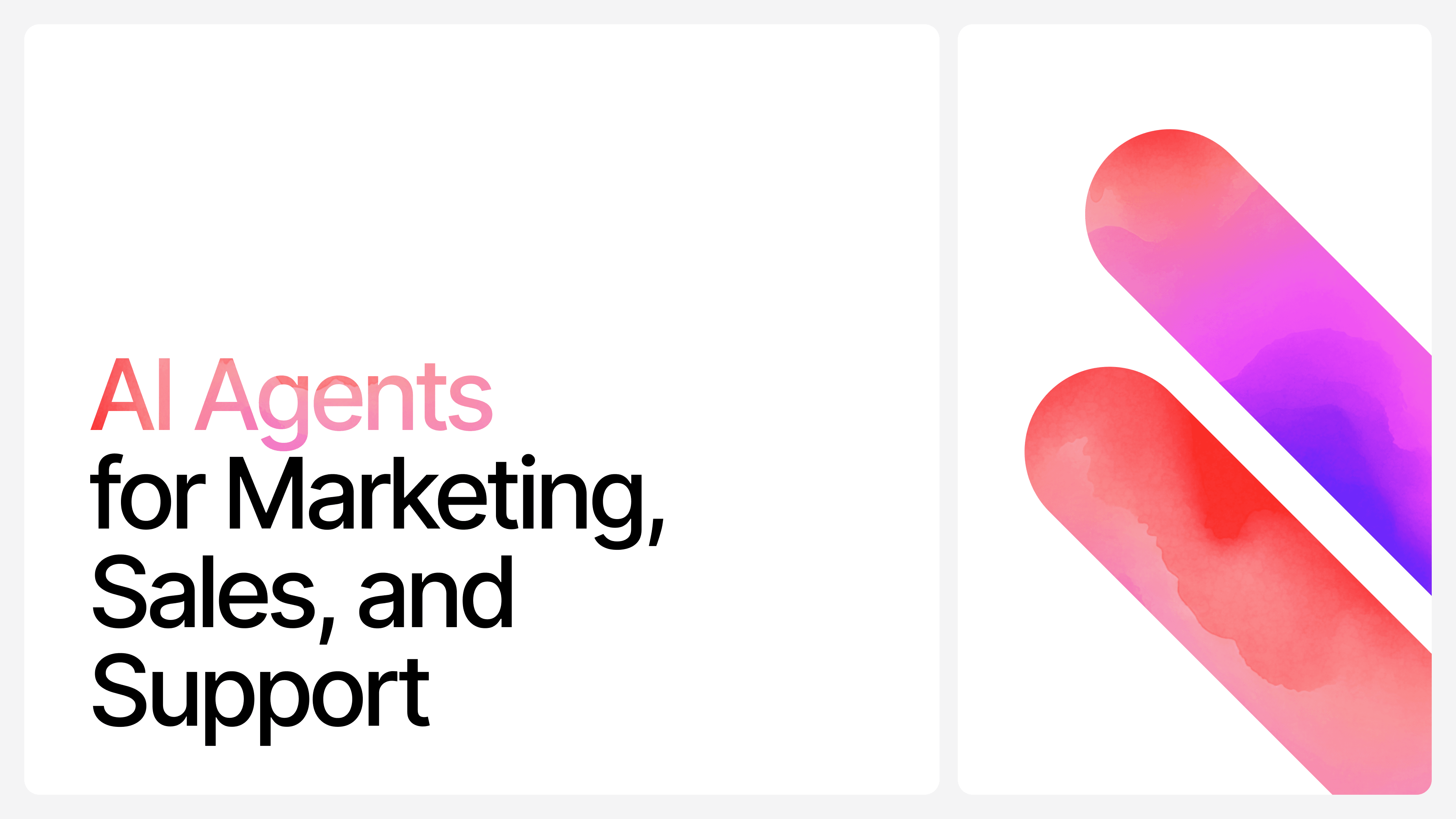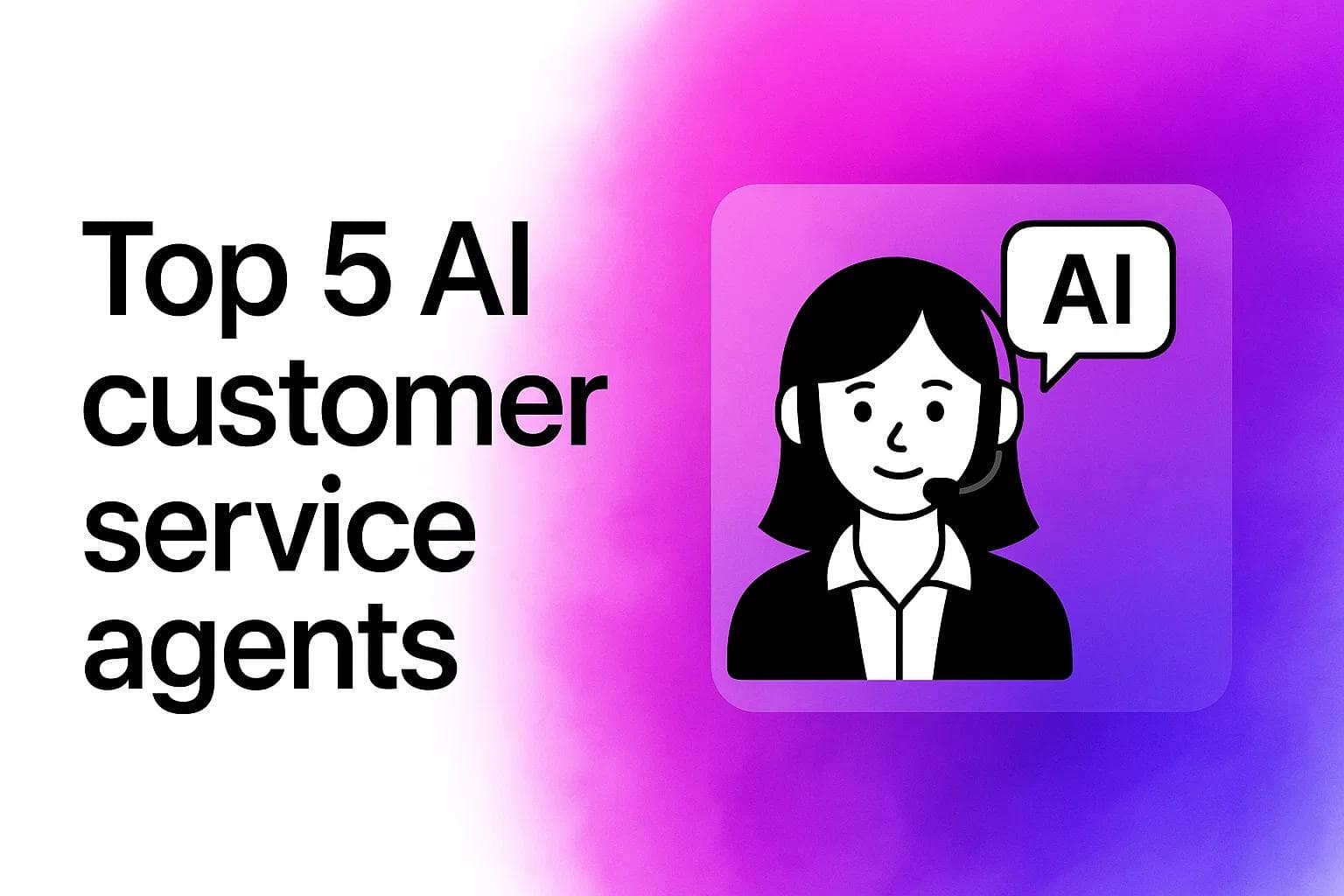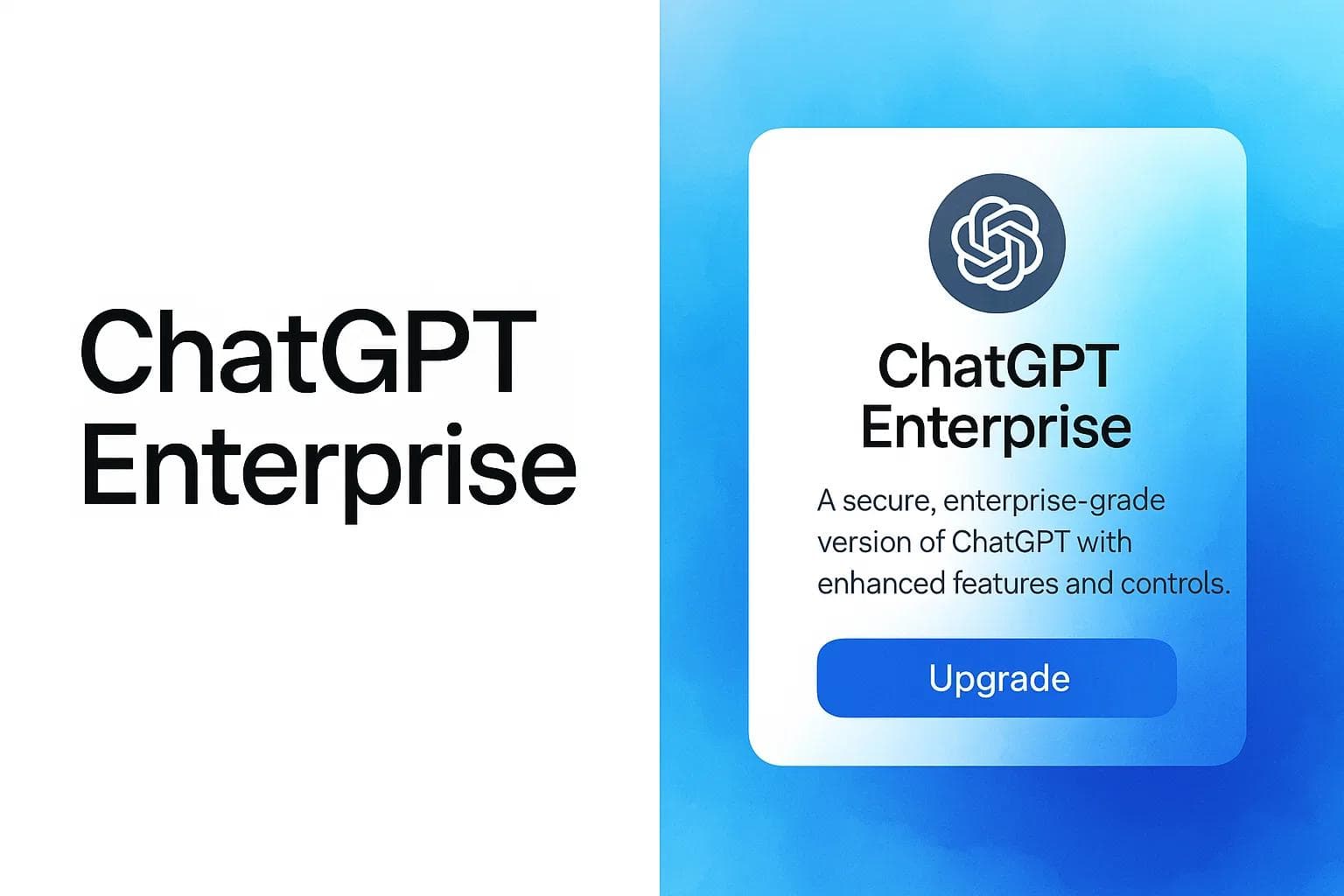How to Implement AI Customer Service
Max T
May 30, 2025
13 min read

Customer service is changing—and fast.
Gone are the days when businesses could get away with long wait times, generic replies, and burned-out support teams running on outdated ticketing systems. Expectations have shifted. Customers want fast, personalized, 24/7 responses. But meeting that demand with traditional systems is expensive, inconsistent, and often frustrating for everyone involved.
That’s where AI customer service comes in.
It’s not just a trendy upgrade or another automation fad. When done right, AI support can fundamentally transform how your business interacts with customers, scaling conversations without sacrificing quality, giving instant answers at any hour, and freeing up your human team to focus on complex or sensitive issues.
But implementing AI customer service isn’t as simple as flipping a switch. It takes a clear strategy, the right tools, and a good understanding of your customers’ needs.
This guide walks you through it all—why the current system is broken, why AI is a game-changer, and how to implement it correctly from day one.
What’s Wrong with the Current Customer Service Arrangement
Most traditional customer service setups look something like this: a human support team fields a constant stream of repetitive questions, works across multiple disconnected tools, and struggles to keep up with rising expectations and shrinking response time windows. It's not that these teams aren't trying hard—they're simply set up to lose.
Here’s what’s broken:
1. High Operational Costs
Staffing a 24/7 support team is expensive. Even with outsourcing or rotating shifts, the cost of maintaining human coverage around the clock adds up quickly. And yet, most of that human labor is spent answering the same basic questions over and over again.
2. Inconsistent Quality
No matter how well you train your agents, inconsistency is unavoidable. Different agents give different answers. Tone varies. Context gets missed. Customers don’t like rolling the dice on what kind of experience they’ll get.
3. Slow Response Times
People expect instant answers. A “we’ll get back to you in 24–48 hours” auto-reply is, frankly, unacceptable now, especially for online businesses. Slow replies = lost sales and churned users.
4. Limited Scalability
As your customer base grows, your support volume grows with it. But scaling human support linearly is inefficient. Adding more agents means more training, more tools, and higher costs. Most teams hit a wall where they simply can't grow anymore without quality dropping or expenses ballooning.
5. Agent Burnout
Handling hundreds of tickets a day—many of them frustratingly repetitive—takes a toll on people. Burnout leads to high turnover, which means constant retraining, knowledge gaps, and more inconsistency.
So, even if you're using the best CRM on the market and have a great team, the underlying model is strained. It's built for a different era.
That’s why AI customer service is no longer optional—it’s necessary.
Why You Need AI Customer Service
AI customer service isn't about replacing human agents. It’s about enabling your team to do more with less friction—and delivering the kind of experience your customers expect without blowing up your support budget.
Here’s what AI brings to the table:
1. 24/7 Availability Without 24/7 Costs
AI chatbots and virtual agents don’t need breaks, shifts, or sleep. Whether it’s 3 PM or 3 AM, they’re ready to respond instantly. That kind of round-the-clock availability used to be a luxury. Now it’s becoming the baseline.
2. Instant, Consistent Answers
AI doesn’t forget training. Once you feed it the right information, it delivers the same accurate, brand-aligned answer every single time. No more knowledge gaps between agents. No more “let me transfer you to someone else.”
3. Massive Time Savings
AI can handle repetitive queries like “Where’s my order?” “How do I reset my password?” or “What’s your return policy?” automatically—freeing your human team to focus on issues that need judgment, empathy, or escalation.
4. Personalized Customer Experiences
Modern AI can tap into user context: past purchases, location, behavior, and more. It can tailor responses that feel personalized—like a concierge, not a script. And when the AI can’t help? It routes the query to the right human agent, fast.
5. Scales With Your Growth
You don’t need to double your headcount every time support volume increases. AI scales instantly—whether you're supporting 100 users or 100,000—making it the most cost-efficient way to grow your support without drowning your team.
In short, AI support isn’t just about efficiency. It’s about transforming support from a cost center into a strategic advantage. Businesses that get ahead on this now won’t just be saving money—they’ll be offering a better customer experience across the board.
Getting Started: Your Step-by-Step Game Plan
Implementing AI customer service isn’t just about adding a chatbot to your website and calling it a day. To do it right—and see real results—you need to approach it like a product rollout: deliberate, structured, and tied to business goals.
Here’s the full step-by-step process to get you from zero to a fully-functioning AI-powered support system.
Step 1: Define Your Objectives Clearly
Before touching any tool or technology, get extremely clear on why you're implementing AI in the first place.
- Are you trying to reduce ticket volume?
- Do you want to offer 24/7 support?
- Are you scaling fast and can’t keep up with incoming queries?
- Are you trying to improve CSAT (Customer Satisfaction Scores)?
Pro tip: Pick 1–2 high-impact goals. That focus will guide your decisions, from which platform to use, to how the AI should behave, to what success looks like.
Step 2: Map Out Common Customer Interactions
AI thrives on patterns. You need to give it something repeatable to automate.
Start by auditing your support tickets, chat logs, or help desk software. Identify:
- The most common questions you get (e.g. “How do I track my order?”)
- The areas customers struggle with the most (e.g. confusing onboarding flows)
- The parts of the support experience that could be automated entirely
Group these into categories: shipping, refunds, troubleshooting, account settings, etc.
This will become the training foundation for your AI support assistant.
Step 3: Choose the Right AI Platform
Not all AI tools are created equal.
Here’s what to look for:
- Natural Language Understanding (NLU): Can it actually understand variations in human language?
- Multi-channel support: Can you deploy it on web chat, email, Messenger, Instagram, etc.?
- Custom workflows: Can it trigger specific actions like creating a support ticket, pulling order info, or escalating to a human?
- Training ease: Can you upload docs, FAQs, and train it without writing code?
- Integration support: Does it connect to your CRM, helpdesk (e.g. Zendesk, Intercom), or internal databases?
Avoid platforms that require tons of upfront technical setup unless you have a dev team to support it.
Step 4: Train the AI on Your Own Knowledge Base
Once you’ve picked a platform, it’s time to feed it your knowledge.
This can include:
- Your existing FAQ pages
- Internal docs and SOPs
- Order tracking systems or product catalogs
- Chat transcripts from past support tickets
- External help center links
Make sure the content is clean. Garbage in, garbage out. If your docs are outdated or contradictory, the AI will reflect that.
Organize your information clearly. Many platforms allow you to define intents or categories so the AI can route questions better.
Step 5: Define Escalation Rules and Human Handoffs
AI shouldn't be left to deal with everything.
Set rules for when the AI should escalate to a real agent, such as:
- When a customer is frustrated (use sentiment detection)
- When the AI can't confidently answer a question
- When queries involve sensitive data (e.g., billing, cancellations)
Ensure smooth handoff: carry context like the customer’s chat history, ID, or original question to the human agent. This avoids making customers repeat themselves—one of the biggest frustrations in support.
Step 6: Test Internally Before Launch
Before letting real customers use the AI, test it.
Run simulated conversations using real questionsTry misspellings, slang, and edge casesInclude test users from outside the support teamLook for moments where the AI seems robotic, gets stuck, or makes inaccurate suggestions
Fix those before launching. This is where quality matters.
Step 7: Launch Soft, Then Expand
Don’t blast AI to 100% of your audience immediately.
Start small:
- Deploy on a limited page (like a help center)
- Enable during off-hours first to handle overflow
- Monitor every interaction
Track how many questions it answers correctly, how many are escalated, and how long it takes to resolve issues.
Use this data to tune performance before scaling to all support channels.
Step 8: Measure, Improve, Repeat
Post-launch, treat your AI like a living support agent. Review its performance regularly.
Track KPIs like:
- Resolution rate (how many queries were answered by AI alone)
- Customer satisfaction with AI interactions
- Escalation rate
- Average handle time
Use this feedback to:
- Train it on new queries it missed
- Improve language tone and answer quality
- Expand to new categories or channels
The best AI customer service systems are those that keep learning.
Your AI Customer Service Assistant Is Waiting — Make It Count
If you’ve followed this guide step by step, you're not just experimenting with AI — you're building a smarter, leaner, and more scalable customer support system. One that works around the clock, doesn’t get overwhelmed during peak hours, and actually gets better with time.
But here’s the thing: the tool you use makes a huge difference.
Some platforms are clunky. Some require dev work for every little update. And some are just overkill for what you really need.
That’s where Chatbase stands out. Chatbase is built for people who want real AI power without the technical hassle. Whether you're a solo founder or running a support team, you can spin up a helpful, accurate, and on-brand AI assistant in minutes. No code. No complexity. Just results.
You can:
- Train it instantly with your own docs, PDFs, or help center
- Customize its tone and behavior
- Deploy on your site, Messenger, Instagram, and more
- Automate actions like creating tickets, booking calls, and pulling data
- Scale as you grow—without starting over
So if you’re serious about getting AI customer service right...
--> Sign up for Chatbase today and build your AI support assistant in minutes. No fluff. No friction. Just faster, smarter support.
Share this article:
